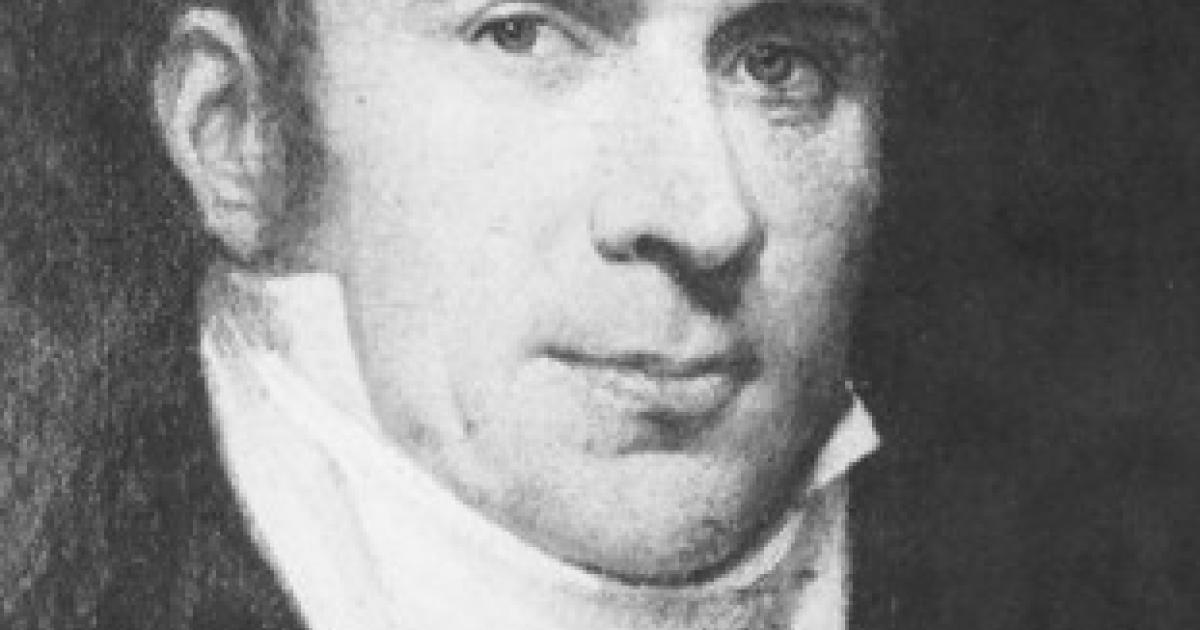
/GettyImages-517435568-58f7b15b5f9b581d59647393.jpg)
Setting off on October 20, 1811, and steaming an astonishing 1,800 miles down the Ohio and the Mississippi, the vessel proved that steamboats were capable of sailing down America's greatest navigable rivers when it arrived in triumph at New Orleans on January 10, 1812, as told by Leslie Przybylek of the John Heinz History Center. Along the way, she and her owners and builders - including Nicholas Roosevelt, the great uncle of President Theodore Roosevelt - overcame nearly insurmountable obstacles, including the Ohio River falls at Louisville, which had a drop of 26 feet.īy waiting until Spring and the rising of the waters, the New Orleans was able to continue on her journey of discovery.

He stated, "Should some vessels of war be destroyed by means so novel, so hidden, and so incalculable, the confidence of the seamen will vanish and the fleet rendered useless from the movement of the first terror," as noted in the book "Robert Fulton and the Submarine" by William Barclay Parsons. The destruction of the Dorothea cemented his reputation as an inventor and innovator. Incredibly, Fulton believed at the time that such weapons would bring an end to maritime warfare as it was known. Another innovation was that Fulton's torpedoes were weighted down so that they would remain underwater this made them even more stealthy than traditional, floating sea mines, according to the USS Nautilus. Fulton's torpedoes were connected to cables when the target traveled past he released the torpedo at the exact moment it would come into contact with its hull. In one of the most spectacular trials for the torpedoes for the British Navy, Fulton destroyed the 200-ton brig Dorothea on October 18, 1805, before an audience of Navy officials.


 0 kommentar(er)
0 kommentar(er)
